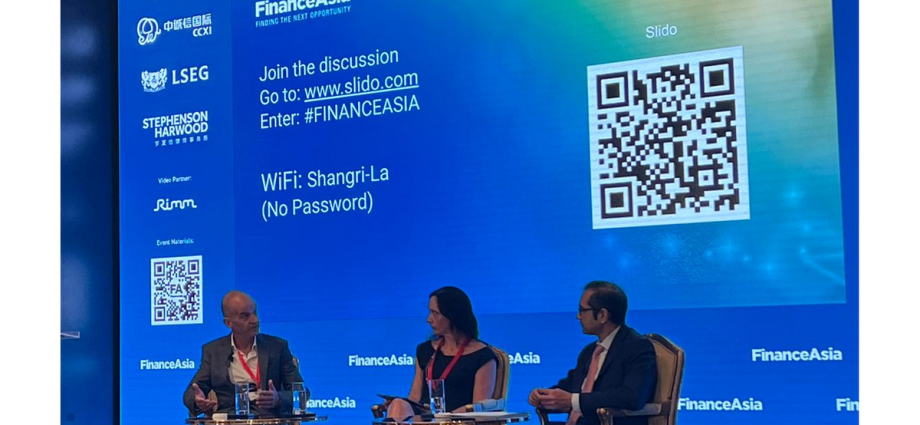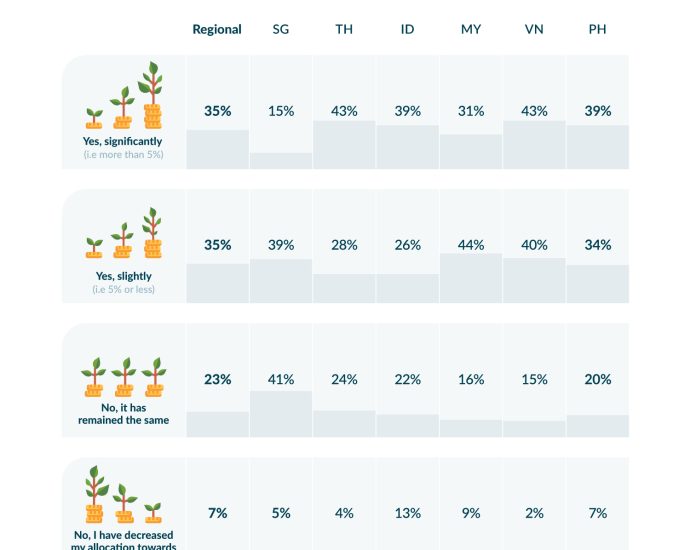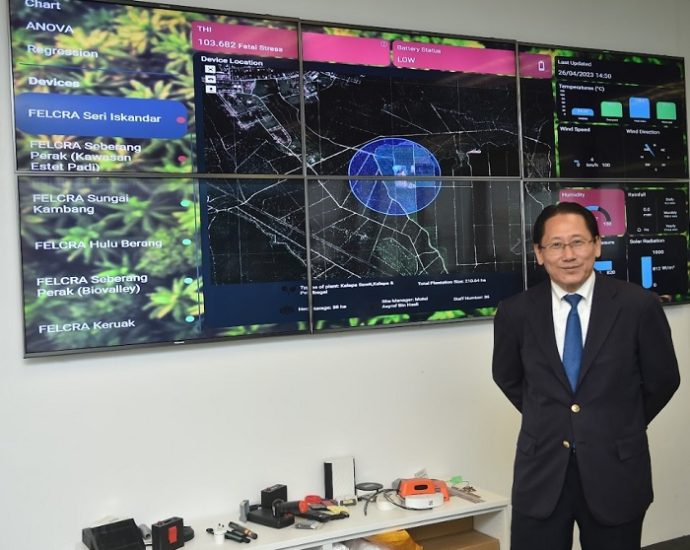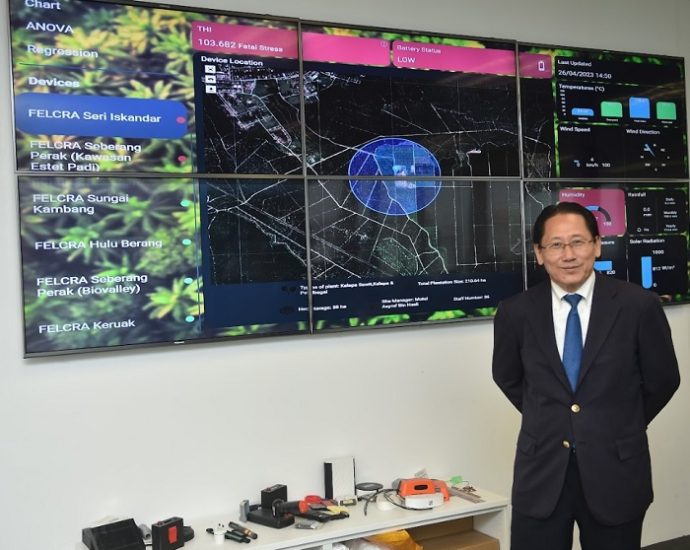FA Sustainable Finance Forum: Top Five Takeaways

In terms of sustainable development goals (SDG), business and investment have long and difficult journeys ahead. Sobering figures from a draft report published by the United Nations (UN) last month reveal that at the end of 2022, just 12% of the SDGs were on track to meet their 2030 targets.
“It’s time to sound the alarm,” the report warned.
“At the mid-way point on our way to 2030, the SDGs are in deep trouble. A preliminary assessment of the roughly 140 targets with data show only about 12% are on track.”
“Close to half, though showing progress, are moderately or severely off track and some 30% have either seen no movement or have regressed below the 2015 baseline.”
The audience at FinanceAsia’s recent Sustainable Finance Asia Forum on April 18 heard that although there is plenty of road to make up on the journey to net zero, so too is there substantial opportunity.
ESG imperatives are changing the way institutional investors approach decision-making, develop sustainable products and operate within new regulatory frameworks.
While the over-arching message of the forum underlined that sustainable goals and driving yield are not inimical, how exactly institutions approach sustainable finance will shape the future.
The following are FA’s top five takeaways from a forum focussed on these frameworks.
***
1. Creativity is key
While sufficient capital may be out there to bootstrap transitional finance in Asia – a region that is bearing the physical brunt of climate change – getting it where it needs to go in emerging markets (EMs) is not working at the scale and speed necessary to effect change.
Emily Woodland, head of sustainable and transition solutions for APAC at BlackRock, told a forum panel exploring the state of play of Asia’s SDG commitments that, as well as climate and transition risks, investors also face the common-or-garden risks that come from operating in EMs.
“There are the general risks of operating in these markets as well – that’s everything from legal, to political, to regulatory to currency considerations,” she said.
“Where finance can help develop new approaches, is around alleviating risks to attract more private capital into these innovation markets, and this is where elements like blended finance come into play.”
To make emerging market projects bankable, de-risking tools are urgently needed.
“That means guarantees, insurance, first loss arrangements, technical assistance which can help bring these projects from being marginally bankable into the bankable space, offering the opportunity to set up a whole ecosystem in a particular market.”
2. Regulation drives change
As investment in sustainable development goals moves from the fringe to the mainstream, institutions are bringing with them experience and learnings that are accompanied by policy, regulation and clear frameworks from regional governments.
Institutions are being asked to lead mainstream investment in the space as increasingly, investment in ESG becomes a viable funding choice.
“The next phase, which is the forever phase, will be when sustainability becomes mandatory rather than just a choice,” Andrew Pidden, Global head of sustainable investments at DWS Group told the forum.
“In the future, you will not be able to make an investment that has not been subject to due diligence with a view to doing no harm – or at least to doing a lot less harm than it is going to supply.”
“People may think this is never going to happen, but people thought this phase (of ESG investment becoming mainstream) was never going to happen 10 or 15 years ago.”
3. China is an ESG bond behemoth
Make no mistake, China is an ESG debt giant. Assets in China’s ESG funds have doubled since 2021, lifted by Beijing’s growing emphasis on poverty alleviation, renewable power and energy security.
According to Zixiao (Alex) Cui, managing director CCX Green Finance International, in 2022, green bond issuance volume alone totalled about RMB 800 billion ($115.72 billion), marking a 44% increase year-on-year (YoY). In the first quarter of 2023, there were 113 green bond issuances worth almost RMB 20 billion.
“Actually, this number decreased compared to last year because right now in the mainland, the interest rate for lending loans from banks is very low so there’s really not much incentive to issue bonds,” he told the audience during a panel on the latest developments in Chinese ESG bonds and cross-border opportunities.
“But over the long term, I think we are on target to achieve a number no less than last year.”
At the heart of this momentum is China’s increasingly ESG positive regulation.
“Policy making is very critical because in the mainland, we have a top-down governance model mechanism which has proven effective in terms of scaling up the market – especially on the supply side.”
4. Greenwashing depends on your definition
When is greenwashing – the overstating of a company’s or product’s green credentials – technically measurable, and when is it a matter of opinion?
Gabriel Wilson-Otto, head of sustainable investing strategy at Fidelity International, told a panel addressing greenwashing and ESG hypocrisy issues, that these transparency and greenwashing concerns are often problems of definition.
“There is a bit of a disconnect between how these terms are used by different stakeholders in different scenarios,” he says.
On one side, is the argument around whether an organisation is doing what it says it is, which involves questions of transparency and taxonomy.
“In the other camp there’s the question of whether the organisation is doing what’s expected of it. And this is where it can get incredibly vague,” he explained.
Problems arise when interests and values begin to overlap.
“Should you, for instance, be investing in a tobacco company that’s aligned to a good decarbonisation objective? Should you pursue high ESG scores across the entire portfolio?” he queried.
“Depending on where you are in the world, you can get very different expectations from different stakeholders around what the answer to these sub-questions should be.”
5. Climate is overtaking compliance as a risk
While increased ESG regulation means that companies must take compliance more seriously, this is not the only driver. According to Penelope Shen, partner at Stephenson Harwood, there is a growing understanding that climate risks are real.
“The rural economic forum global risk survey shows that the top three risks are all related to financial failure directly attributable to climate risk and bio-diversity loss,” she highlighted during a panel called ‘ESG as a component of investment DNA and beyond?’
“In fact, if you look at the top 10 risks, eight of them are climate related.”
The prominence of climate as a risk factor has consistently ranked top of the survey over the past 10 years, she explained.
“Other more socially related factors such as cost of living and erosion of social cohesion and societal polarisation are also risks that have consistently ranked highly,” she noted.
What’s your view on the outlook for green, social and sustainable debt in 2023? We invite investors and issuers across APAC to have your say in the 6th annual Sustainable Finance Poll by FinanceAsia and ANZ.
¬ Haymarket Media Limited. All rights reserved.




















